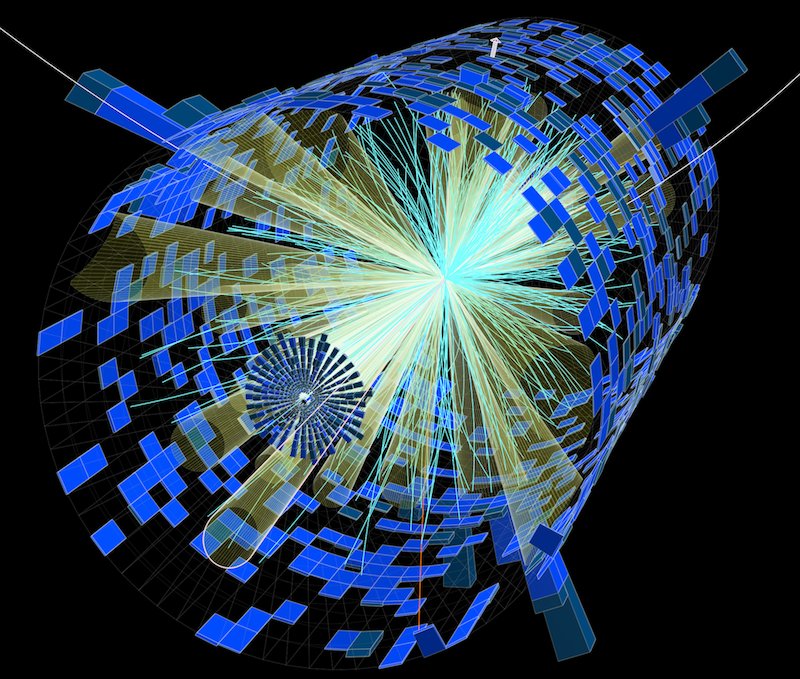The National Science Foundation (NSF) has launched the Institute for Research and Innovation in Software for High-Energy Physics (IRIS-HEP), a $25 million effort to tackle the unprecedented torrent of data that will come from the High-Luminosity Large Hadron Collider (HL-LHC), the world’s most powerful particle accelerator.
IRIS-HEP will address key elements of the “Roadmap for HEP Software and Computing R&D for the 2020s” and will implement the “Strategic Plan for a Scientific Software Innovation Institute (S2I2) for High Energy Physics” submitted to the NSF in December 2017. These two documents represent, respectively, the outcome of international and U.S. HEP community planning processes; these were driven in part by the NSF-funded S2I2-HEP Institute Conceptualization Project. Over the course of a dozen workshops during 2016 and 2017, more than 260 scientists and engineers from around the world were involved in building this community vision.
For more information see the overview on the IRIS-HEP website.
